- Published: Friday, April 10 2015 21:39
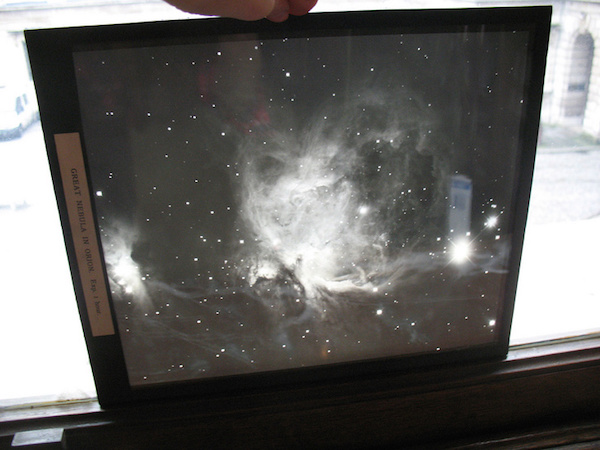
FIRST LIGHT
- The first use of a telescope to take an astronomical image after it has been constructed.
- The light emitted from the first generation of hyper-stars, formed less than a billion years after the Big Bang.
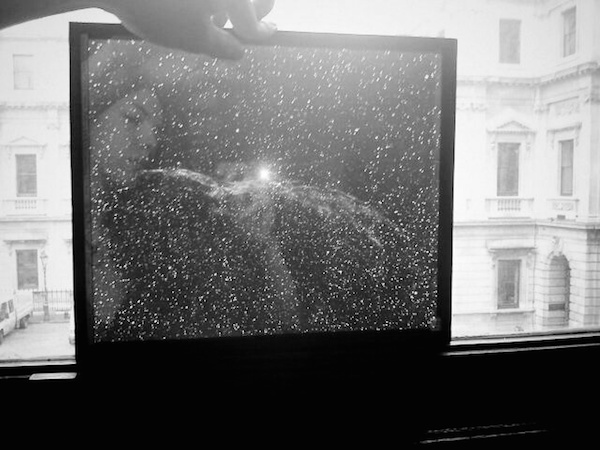
My research is concerned with the parallel histories of photography and astronomy since the 19th Century. Through my studies I would like to know how the study of light and astronomy has affected our perception of the universe.
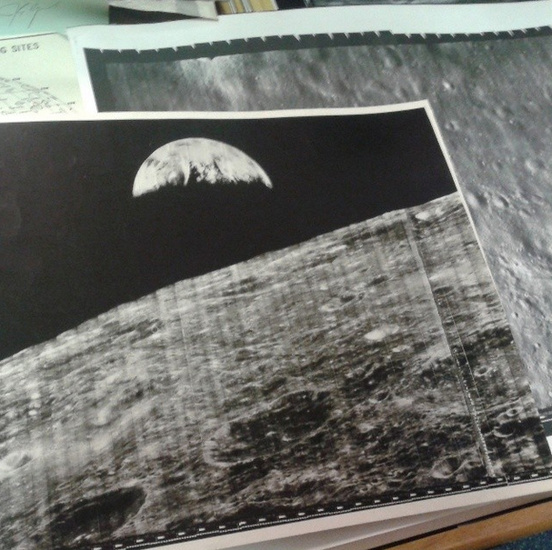
For example, did the study of light by polymath inventors (Herschel, Talbot, Daguerre, Maxwell) in the field of astronomy contribute to the invention of the photograph and how is the study of light currently being used to find out more about our universe and dark matter?
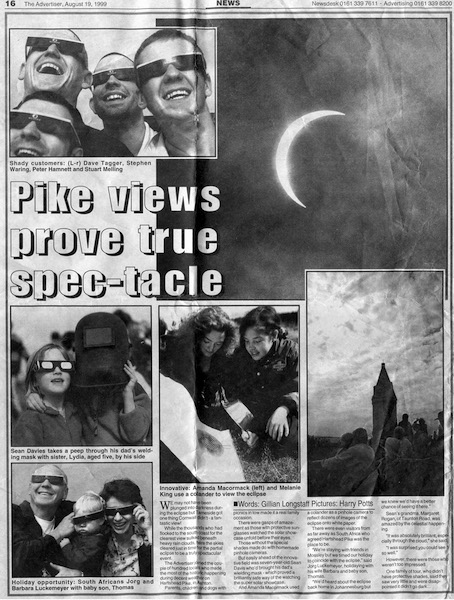
I believe that astronomical photographs have affected how humanity understands existence, and I would like to map how this may have developed throughout the past two centuries.

My artistic practice with analogue photography processes helps me to understand how light that has been traveling from distant galaxies for millions of years can affect photosensitive material.

From my own experiences, and from my preliminary research, I have realised that by delving deeper and deeper into the micro and macro universe, we find that the universe comprises of mostly nothing. I hypothesize that as cultural knowledge of the universe expands (through interdisciplinary research projects such as my own) an increasing amount of individuals will become more aware of how life on Earth is incredibly rare in both time and space and therefore must be conserved.

In the Western world, we are often bathed in artificial light, which pollutes our night skies and diverts our attention from the natural world. My research and practice promotes the preservation and observation of the night sky, as well as our own planet.

My artwork intends to remind the viewer of the interconnectedness between the individual and the universe as a whole. Our atoms were made in the furnaces of the stars, and we are in Space, not apart from it. My research is enhanced looking at texts such as Elizabeth A. Kessler’s theories of "The Astronomical Sublime" and Hannah Arendt’s “Earth Alienation”. Arendt's "Earth Alienation" is a text that discusses how space exploration has changed our perception of the Earth, and posits that by exploring new worlds, we have become alienated from our own, treating the Earth as if it is expendable.
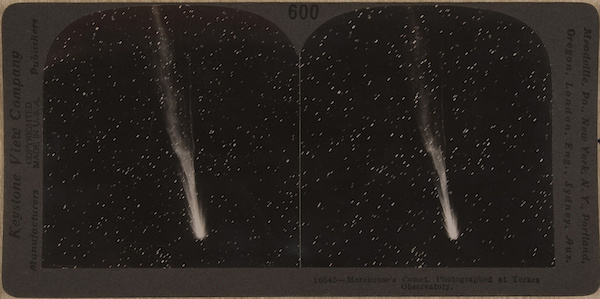
In “The Overview Effect”, a short documentary by The Planetary Collective, astronauts report a shift in their perception of the Earth, after seeing Earth floating in an expanse of black space. The astronauts begin to think of the Earth as a fragile organism, protected by only a thin film of atmosphere. In their new film,"PLANETARY", The Planetary Collective explore this idea in relation to our future as a species.
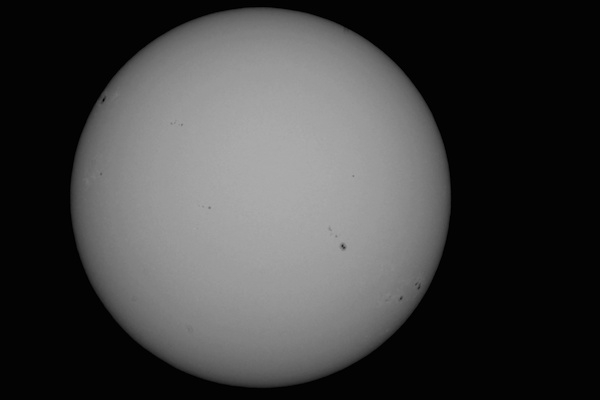
"We are in the midst of a global crisis of perspective. We have forgotten the undeniable truth that everything is connected. PLANETARY is a provocative and breathtaking wake up call, a cross continental, cinematic journey, that explores our cosmic origins and our future as a species. PLANETARY is a poetic and humbling reminder that it's time to shift our perspective. PLANETARY asks us to rethink who we really are, to reconsider our relationship with ourselves, each other and the world around us - to remember that: we are PLANETARY."
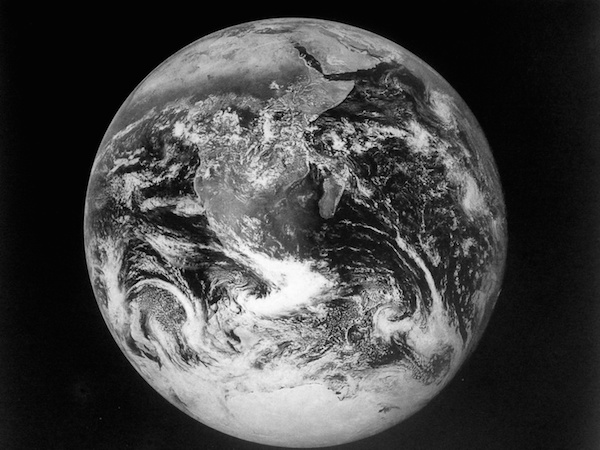
From the 19th Century onwards, astronomers were suddenly able to record their celestial observations, fixing projections of light through the telescope, directly on to photosensitive material. We are connected to farther reaches of the universe by frequencies of light and other lower frequency pulsations.

Technological advancements in both space exploration and the history of photography, have meant that astronomers have been able to delve further and further into the outer reaches of the universe, and share increasingly higher resolution images to the observers. My research considers what effect astronomical images may have had to non-science audiences, and the interweaving issues that surround this – such as the astronomer’s power to modify the raw data to highlight certain aspects of an astronomical image through to the commoditisation of astronomical images in fashion and the media.
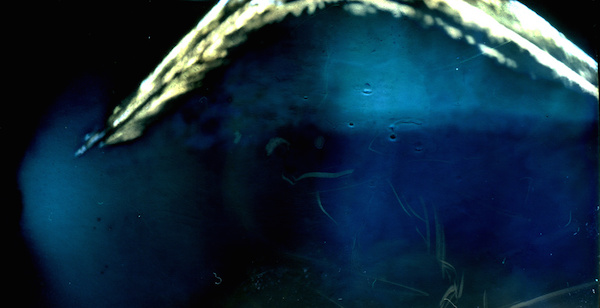
The research I am undertaking with "First Light" is becoming increasingly relevant and important to the future as humanity continues with space exploration, reaching further distances and taking on highly complex missions, such as the recent Rosetta Philae landing on Comet Churyumov-Gerasimenko.
Similarly, as global environmental issues continue, the message to preserve conscious life on Earth will become more important.

"The relationship between the telescope and our understanding of the dimensions of the universe is in many ways the story of modernity. No other instrument has consistently addressed the question of our place in the universe as directly as the telescope. It's what the telescope does; it what we have refined it to do; address our place in the universe, literally. To size up all of space and figure out where we are in it."
Panek, R. Seeing and Believing: The Story of the Telescope, or How We Found Our Place In The Universe. Fourth Estate.
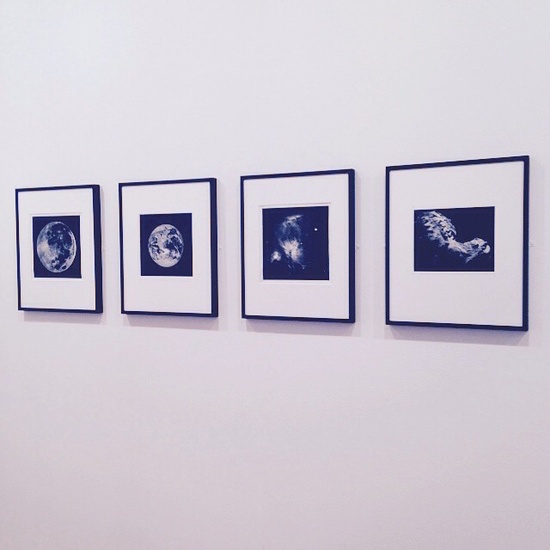
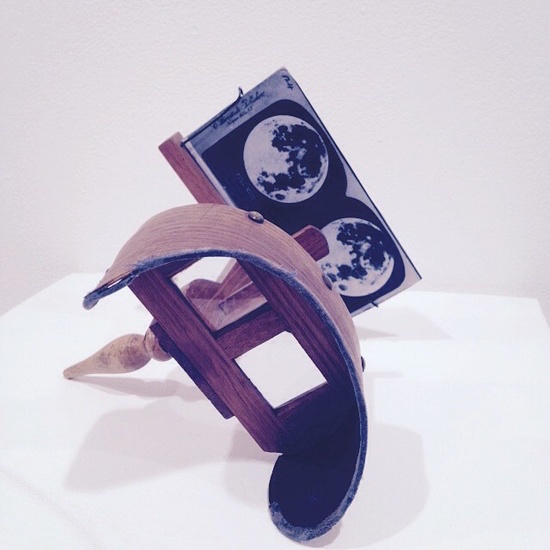









Comments